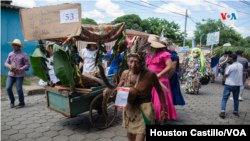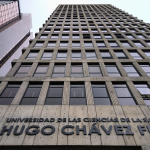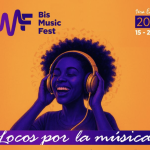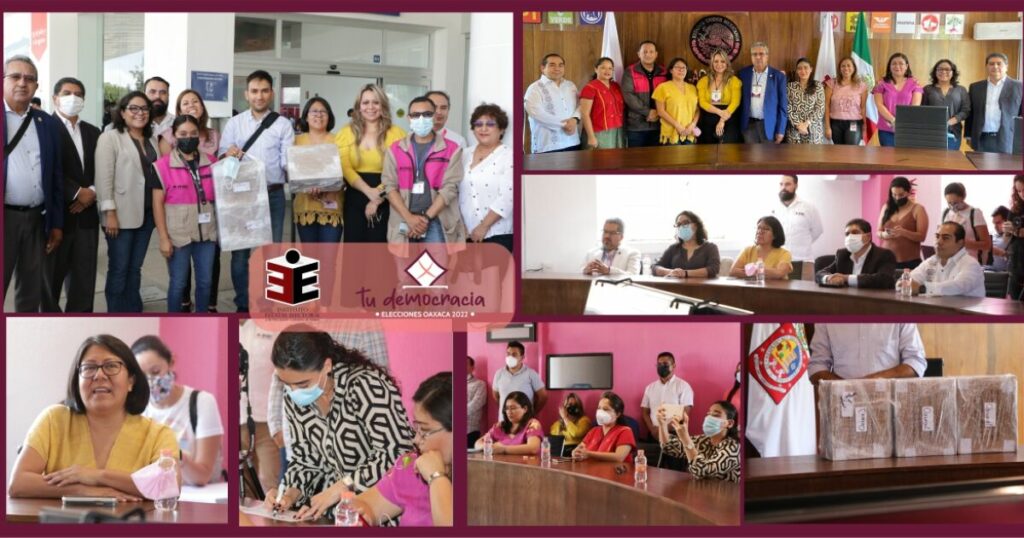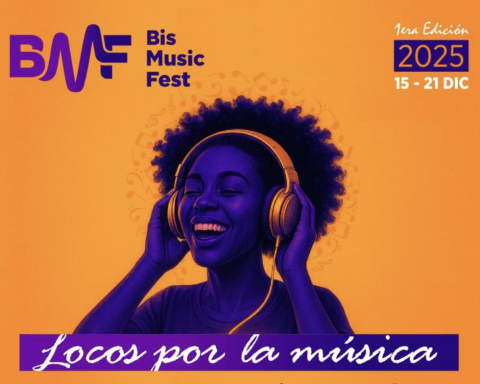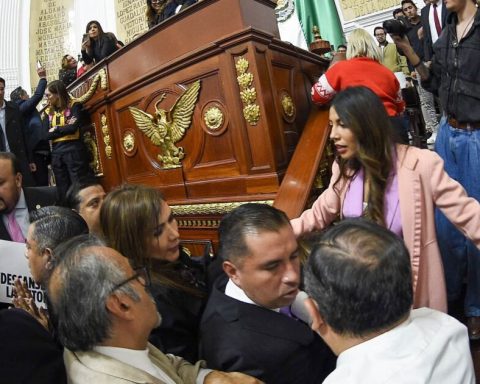Residents of the city of Masaya, south of Managua, celebrated two typical local festivities over the weekend: El Torovenado and Los Agüizotes. The festivities are dedicated to San Jerónimo, the local patron saint.
These festivities take place on the eve of the Day of the Dead, which in Nicaragua takes place every November 2. On this day, Nicaraguans go to cemeteries to visit the graves of deceased relatives and leave floral offerings. The Nicaraguan government declares a holiday on that day.
Los Aguizotes
The Agüizotes are celebrated on the last Friday of October and it is a tradition that dates back to around 1796. It is a night procession, those who participate usually make their way through the streets and avenues of the city.
Attendees wear costumes where black, brown or white colors predominate and wear masks that represent mythical characters such as La Carreta Náhuatl, La Llorona, La Muerte Quirina, La Mocuana, El Padre sin Cabeza, El Cadejo, La Chancha Bruja.
Local artists make the masks and the annual processions are attended by about ten musical bands known as “chicheros”.
A Nicaraguan historian, who, like many interviewed in Nicaragua, preferred not to identify himself for fear of reprisals, told the VOA that in the time of the dictator Anastasio Zomoza the celebration was used to mock power, but it was also seen as a satire on the Spanish conquerors.
“The word Agüizote comes from ahuizolt, which is the fear that comes out of the water, but it is the fear that the indigenous population experienced in the face of the colonial scourge,” says the expert.
The Carretanahua, according to the historian, represents the cart that the Spanish brought “to snatch the Indians or Chorotegas to take them to the parcels, to the mines, and they did not return.”
This expert emphasizes that these activities are closely linked to what is happening in Mexico these days. “There is a Mesoamerican connection in this experience. The last Friday of October they take out the Agüizotes”.
the torovenado
The Torovenado, which is a popular festive dance of a burlesque and ridiculous nature, is celebrated after the Agüizotes. The departure of the Torovenado implies the payment of a promise to the saint. It is scheduled for the last Sunday of October, from noon to sunset.
This celebration is one of the Nicaraguan popular manifestations. The torovenados go in small groups, in pairs or simply alone, they wear all kinds of costumes. Most try to imitate or ridicule some local, country or foreign character.
Those who participate wear outdated, often outrageous, costumes and carry worn umbrellas and out-of-fashion bags. Accessories often do not match the clothing. The musicians accompany with sones. An ox-drawn cart completes the scene.
Power is often satirized, however, the historian consulted you historians indicate that “its essence has been distorted and manipulated”.
“Today (Sunday) the Torovenado was performed, but distorted and manipulated. The government of Daniel Ortega practically took possession of the festivity. It is not its authentic expression because the authentic expression is when the people do it, but this time the people did not do it, the mayor’s office did it, a government body, “said a source.
“If the Torovenado were without repression, here the vulgareo would be armed with the Chamucas (the vice president) and with Daniel Ortega. But obviously they won’t allow it. The Torovenados have vulgarized even when Somoza was president”.
Connect with the Voice of America! Subscribe to our channel Youtube and turn on notifications, or follow us on social media: Facebook, Twitter and Instagram.

